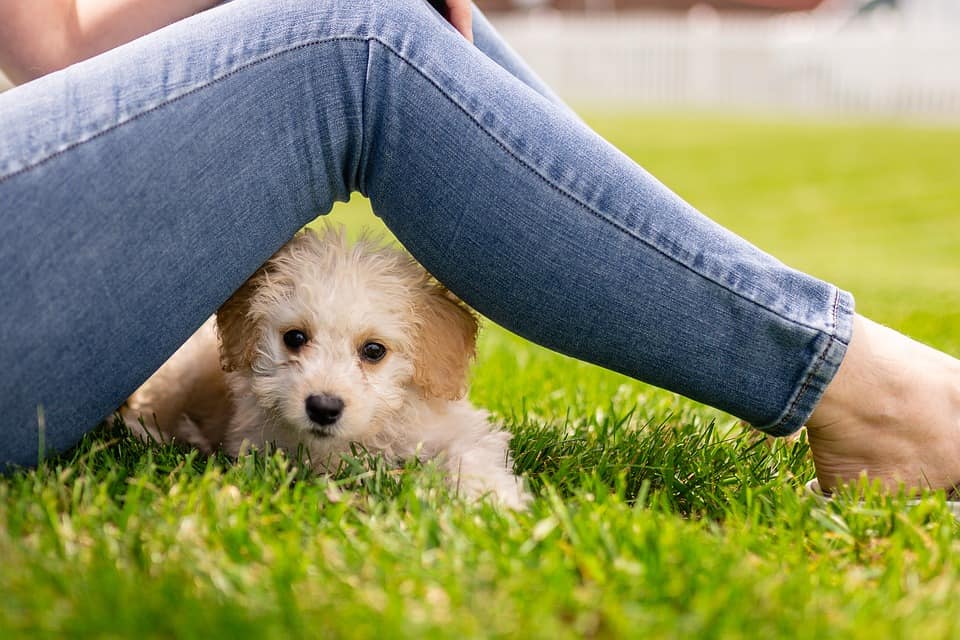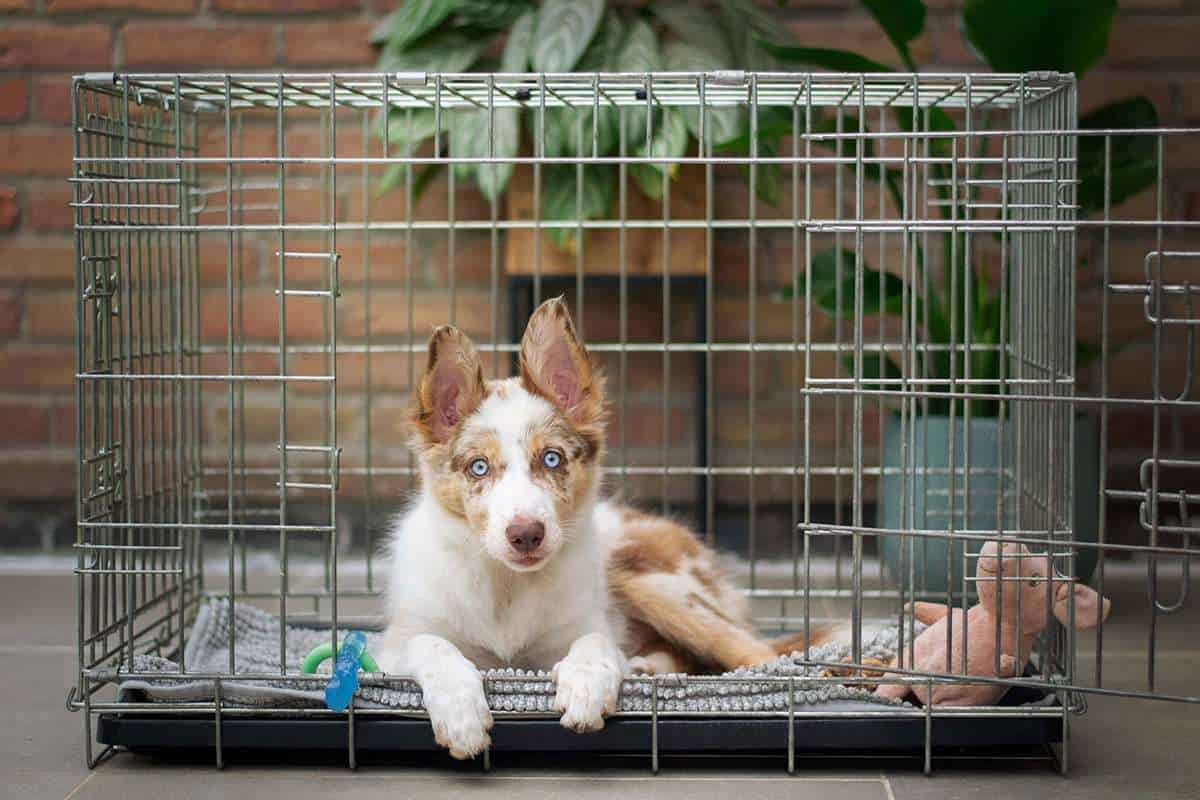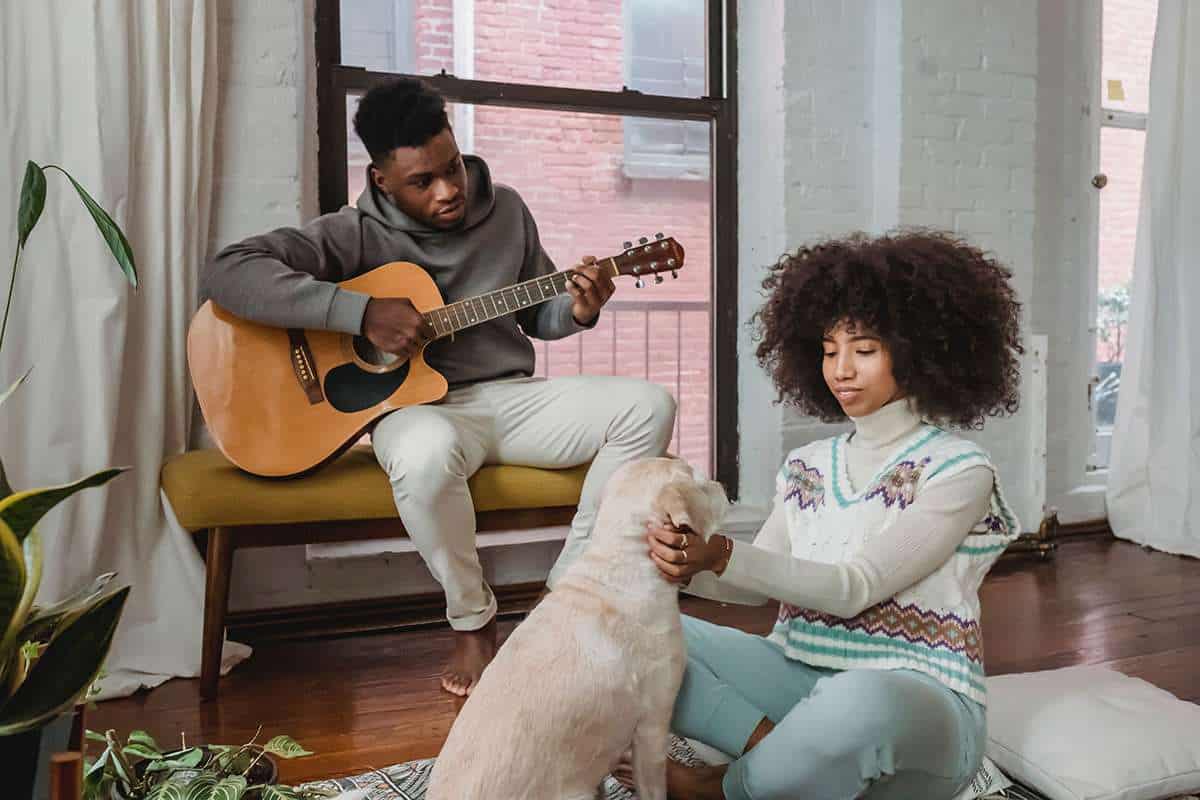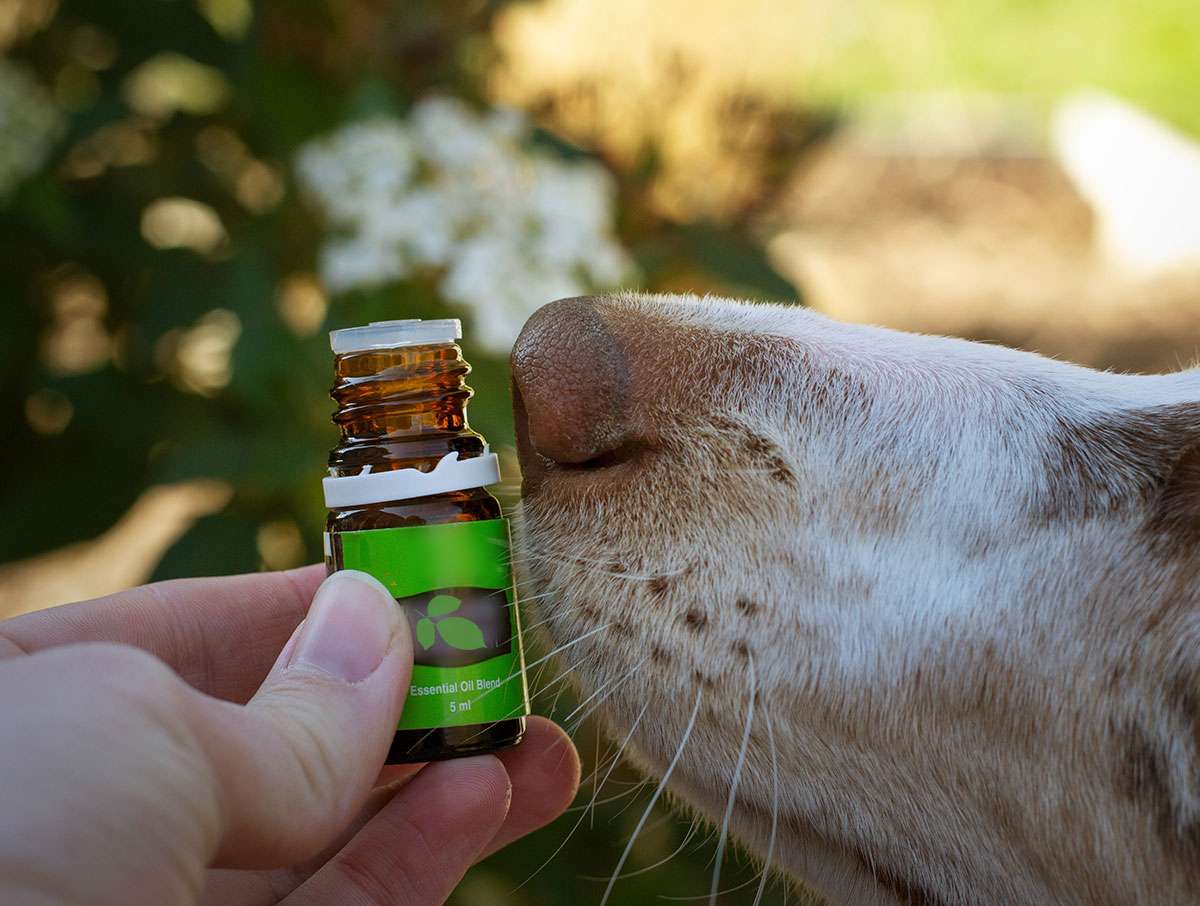Separation anxiety is a distressing emotional condition seen in many puppies, characterized by signs of distress when they’re left alone. This anxiety is not a sign of disobedience or spite but is a genuine expression of discomfort and fear. It’s crucial for pet owners and caregivers to recognize and address this issue to ensure the well-being of their furry companions.
The Nature of Separation Anxiety
At its core, separation anxiety in puppies is a reaction to being separated from their primary caregivers. Puppies form strong bonds with their owners, and when left alone, they can experience a profound sense of abandonment. This feeling can manifest in various emotional and physical ways, from destructive behaviors to noticeable physical symptoms.
Delving into the Causes
Understanding the root causes of separation anxiety can provide insights into its management. One primary cause is early separation from their mothers. Puppies that are weaned off too early might not have had the chance to develop essential coping mechanisms.
Another significant factor is a sudden change in routine. Puppies thrive on consistency, and a drastic alteration in their daily life, such as a change in the owner’s work hours or moving to a new home, can be unsettling for them.
Additionally, traumatic events play a role. Experiences like spending time in a shelter, undergoing a particularly stressful journey, or even a traumatic visit to the vet can leave lasting impressions on a puppy’s psyche, making them more susceptible to separation anxiety.
Recognizing the Signs
The manifestations of separation anxiety are varied. Puppies might resort to destructive behaviors, such as chewing on furniture, tearing up cushions, or scratching at doors. Vocal indications are also common; a puppy might bark, whine, or howl incessantly when left alone. On the physical side, symptoms like drooling, panting, or having accidents inside the house, even if they’re house-trained, can be indicative of this anxiety.
Understanding Separation Anxiety in Puppies
Separation anxiety is a distressing emotional condition seen in many puppies, characterized by signs of distress when they’re left alone. This anxiety is not a sign of disobedience or spite but is a genuine expression of discomfort and fear. It’s crucial for pet owners and caregivers to recognize and address this issue to ensure the well-being of their furry companions.
The Nature of Separation Anxiety
At its core, separation anxiety in puppies is a reaction to being separated from their primary caregivers. Puppies form strong bonds with their owners, and when left alone, they can experience a profound sense of abandonment. This feeling can manifest in various emotional and physical ways, from destructive behaviors to noticeable physical symptoms.
Delving into the Causes
Understanding the root causes of separation anxiety can provide insights into its management. One primary cause is early separation from their mothers. Puppies that are weaned off too early might not have had the chance to develop essential coping mechanisms.
Another significant factor is a sudden change in routine. Puppies thrive on consistency, and a drastic alteration in their daily life, such as a change in the owner’s work hours or moving to a new home, can be unsettling for them.
Additionally, traumatic events play a role. Experiences like spending time in a shelter, undergoing a particularly stressful journey, or even a traumatic visit to the vet can leave lasting impressions on a puppy’s psyche, making them more susceptible to separation anxiety.
Recognizing the Signs
The manifestations of separation anxiety are varied. Puppies might resort to destructive behaviors, such as chewing on furniture, tearing up cushions, or scratching at doors. Vocal indications are also common; a puppy might bark, whine, or howl incessantly when left alone. On the physical side, symptoms like drooling, panting, or having accidents inside the house, even if they’re house-trained, can be indicative of this anxiety.
Strategies for Management
Addressing separation anxiety is a journey that requires patience, understanding, and a consistent approach. One effective method is gradual desensitization. This involves leaving the puppy alone for short durations initially, then progressively extending the time they spend alone, allowing them to get accustomed to solitude.
Providing comfort items can also be beneficial. Toys that they’re fond of or even an item of the owner’s clothing can offer solace in their absence. Training plays a pivotal role too. Engaging puppies in obedience training can help channel their anxiety into more constructive outlets.
In cases where the anxiety is severe, it might be beneficial to seek professional help. Dog behaviorists or trainers can offer tailored solutions to address the unique needs of the puppy.
Conclusion
Separation anxiety in puppies is a multifaceted issue that intertwines emotional and physical symptoms. By delving deep into its causes, recognizing its signs, and adopting a compassionate approach to its management, pet owners can ensure that their puppies transition through this phase with minimal distress.
References:
- More thoughts on separation anxiety
- Preventing Separation Anxiety in Puppies
- Canine anxieties and phobias: an update on separation anxiety and noise aversions




Leave a Reply